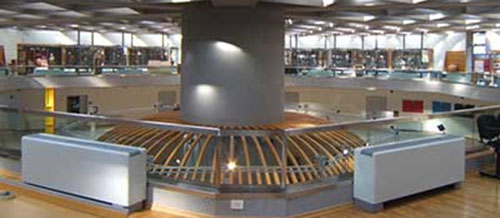
|
The Regional Archaeological Museum of Syracuse can be considered as one of the most important archaeological museums in Europe. Established in 1878 and located at the Villa Landolina since 1988, it is dedicated to the archaeologist Paolo Orsi who has carried out important studies about the town and for many years was the director of the museum.
There are three floors and the exhibition area is divided into four sectors: the sector A, dedicated to the prehistory and proto-history, with rocks, animals and fossils dating back to the Paleolithic and Neolithic, until the Historic Period; the sector B is dedicated to the Greek colonies of the Doric and Ionic period and exhibits low reliefs, architectural elements, stone and terracotta remains and some statues; in the sector C there are the remains of the sub-colonies of Syracuse; finally, the sector D is located on the upper floor and was opened later; it exhibits the remains of Hellenistic and Roman times. In 2014 another room was opened, dedicated to the Christian and Byzantine archeology.
INFO: The museum has two accessible toilets and there are no architectural barriers at the entrance. There is a reception area with counter and equipment (ex. stands) at a height suitable to visitors in wheelchairs. There are many itineraries and shorter tours for visitors with special needs, in particular, a braille tour is available in the “Medagliere” area. The museum has specialized staff for visitors with special needs along the tours and parking areas, elevators and platform lifts are provided. In order to guide visitors and make the visit accessible, pictographs and numbers are used. Finally, leaflets and three-dimensional scale models are used for information and they are printed in large print and Braille.
|


